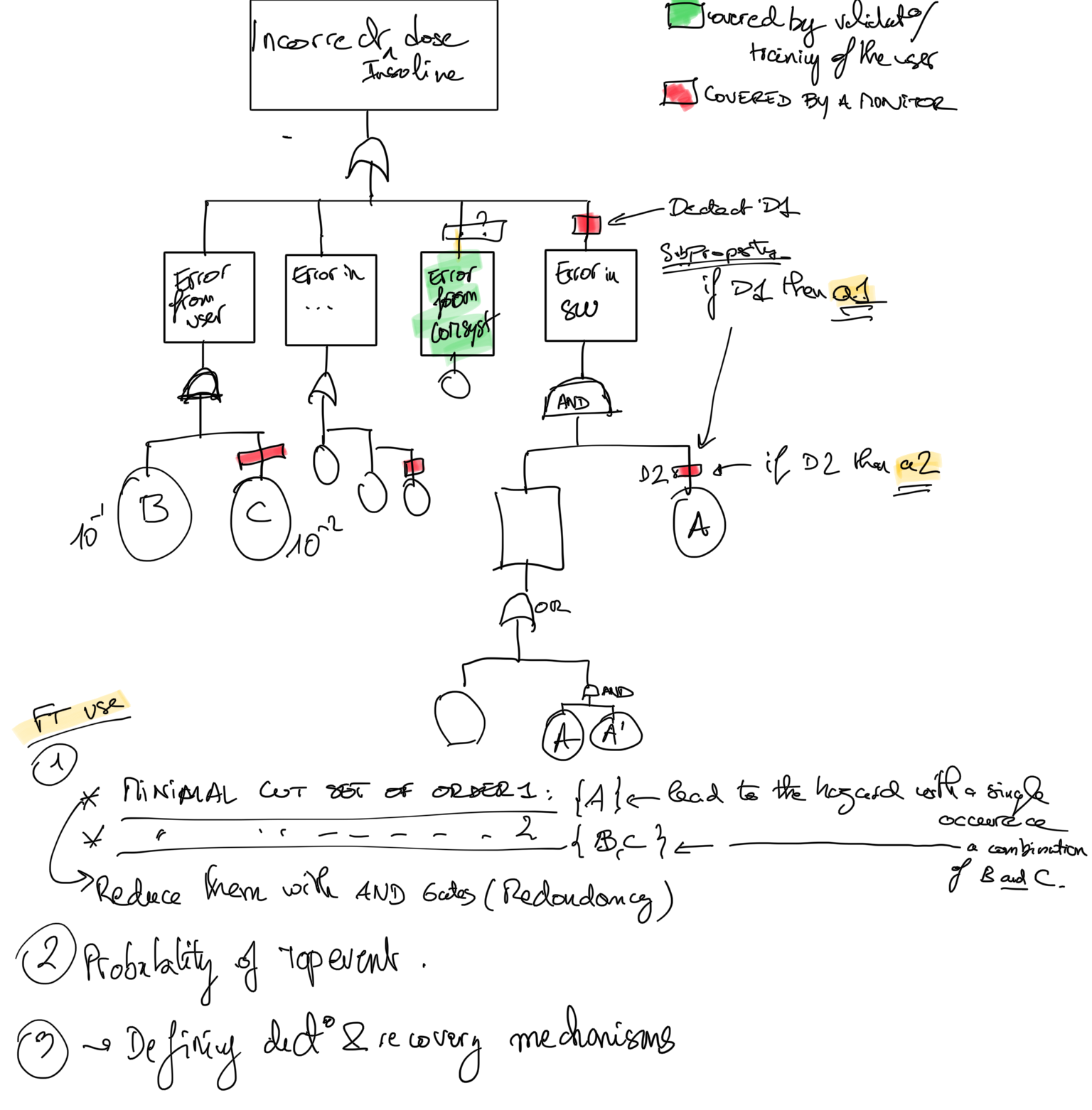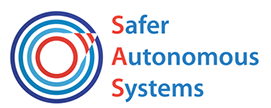In this blog, I discussed my experiences of doing a virtual secondment and how we carried out the work online.
As an early-stage researcher (ESR) in the Horizon H2020 project safer autonomous systems (SAS), one of the requirements of the project is to perform secondments at partner organisations involved in the project. Secondments are great for collaborative research and learning from the expertise of partner organisations. Pre-COVID, most secondments held physically where ESRs travelled to the country of the host institution and performed their research.
The secondment at LAAS-CNRS was my first secondment in this project and due to COVID, we decided to do it virtually. As a computer science researcher, one of the many benefits are that I do not have to be at a specific place to carry out my work. A computer and a good internet connection is sufficient in most cases to do my research work. This flexibility of working helped me in choosing to go virtual for this secondment which also saved a lot of time. Have this been a physical secondment, I would have to apply for a visa, search for accommodation, and ask my department to manage the funding required which takes time and energy to manage.
I performed this secondment online for a month and had weekly meetings where me and my secondment supervisor Dr Jeremie Guiochet discussed on work progress, challenges and tasks for the upcoming week. If there was a need to discuss anything in between we utilised emails as our communication channel. For each of the meetings, I prepared presentation slides to discuss and share the progress and it was easy to get timely feedback. During this secondment, I worked on applying a systematic safety analysis technique HAZOP-UML to my use case of managing diabetes. This method was developed at LAAS-CNRS, and we explored the suitability of this method on conversational agents (CAs) which are virtual assistants/robots.

I learned how to apply a systematic approach to identify hazards and generate safety requirements and recommendations during my secondment. Even though the meetings were online, it was possible to use an interactive whiteboard to draw figures and write comments which was very useful. I received timely feedback on my work and learned new methods with the help of these interactive tools during our meetings.

In summary, I think virtual secondments are a good alternate which can save time and resources and extremely beneficial especially for computer science researchers. I have prepared a conference paper based on the initial findings during the work in this secondment and it is in internal review. Collaborative research generates new ideas and secondments are a great way to exchange this knowledge. Performing online secondments where feasible can save a great amount of time and useful resources. My experience of virtual secondment was a positive one and I will also replicate it for my next secondment.
About the Author: Haris Aftab
 Haris has recently completed his master’s degree in Computer and Information Security from South Korea in February 2019. His area of research was ensuring interoperability in IoT standards. Before that, he worked in the IT industry for about 5 years as a Software Engineer for the development of mobile applications of Android and iOS. His interest in technology, mobile devices, IoT, and AI having a background in Software Engineering brought him to work in this exciting domain.
Haris has recently completed his master’s degree in Computer and Information Security from South Korea in February 2019. His area of research was ensuring interoperability in IoT standards. Before that, he worked in the IT industry for about 5 years as a Software Engineer for the development of mobile applications of Android and iOS. His interest in technology, mobile devices, IoT, and AI having a background in Software Engineering brought him to work in this exciting domain.


